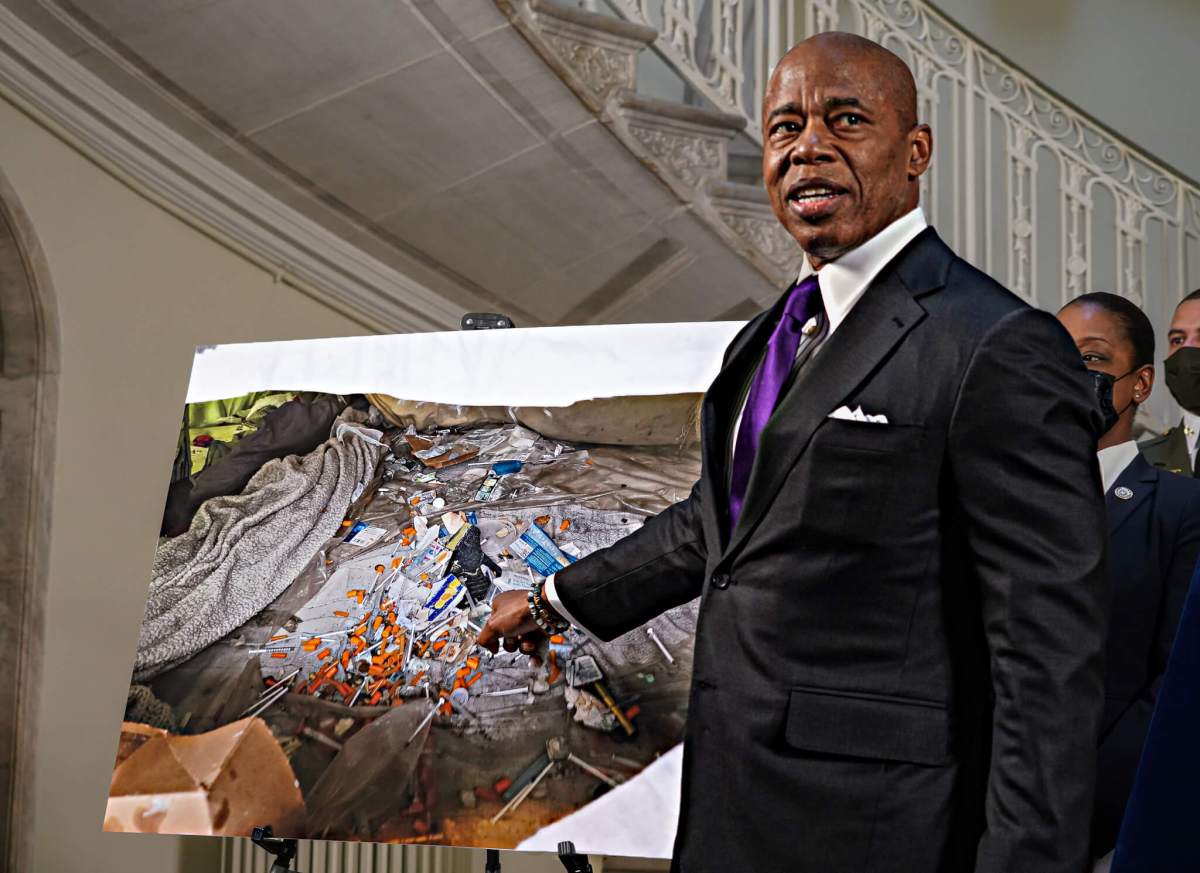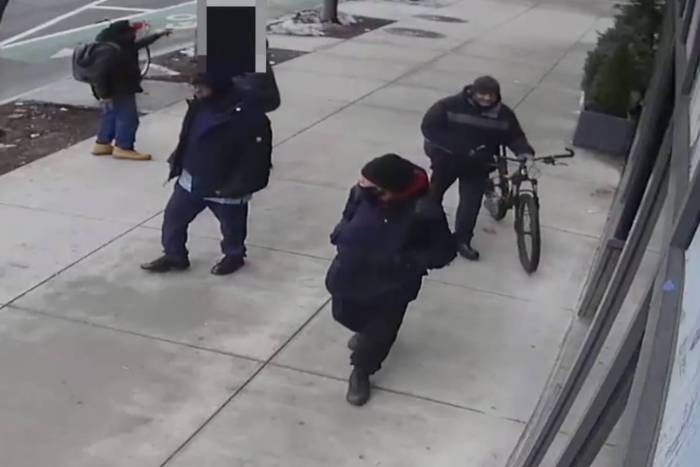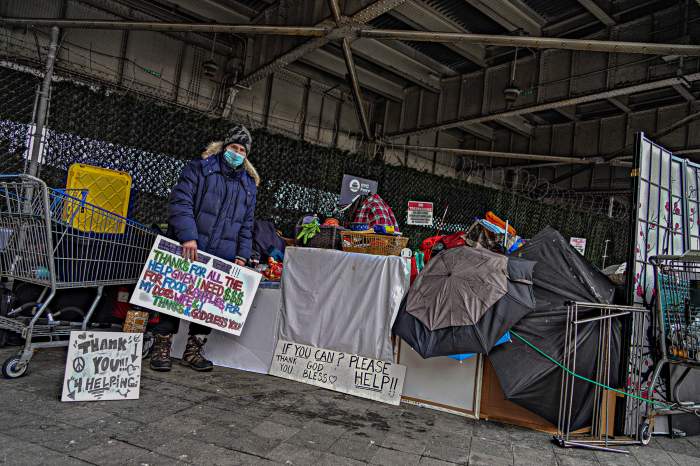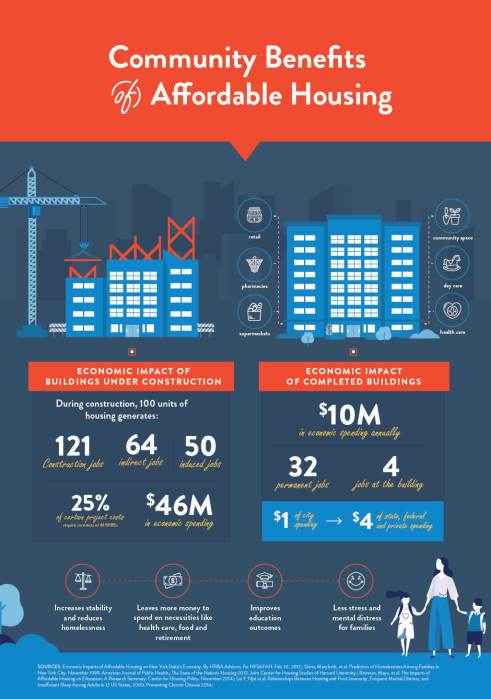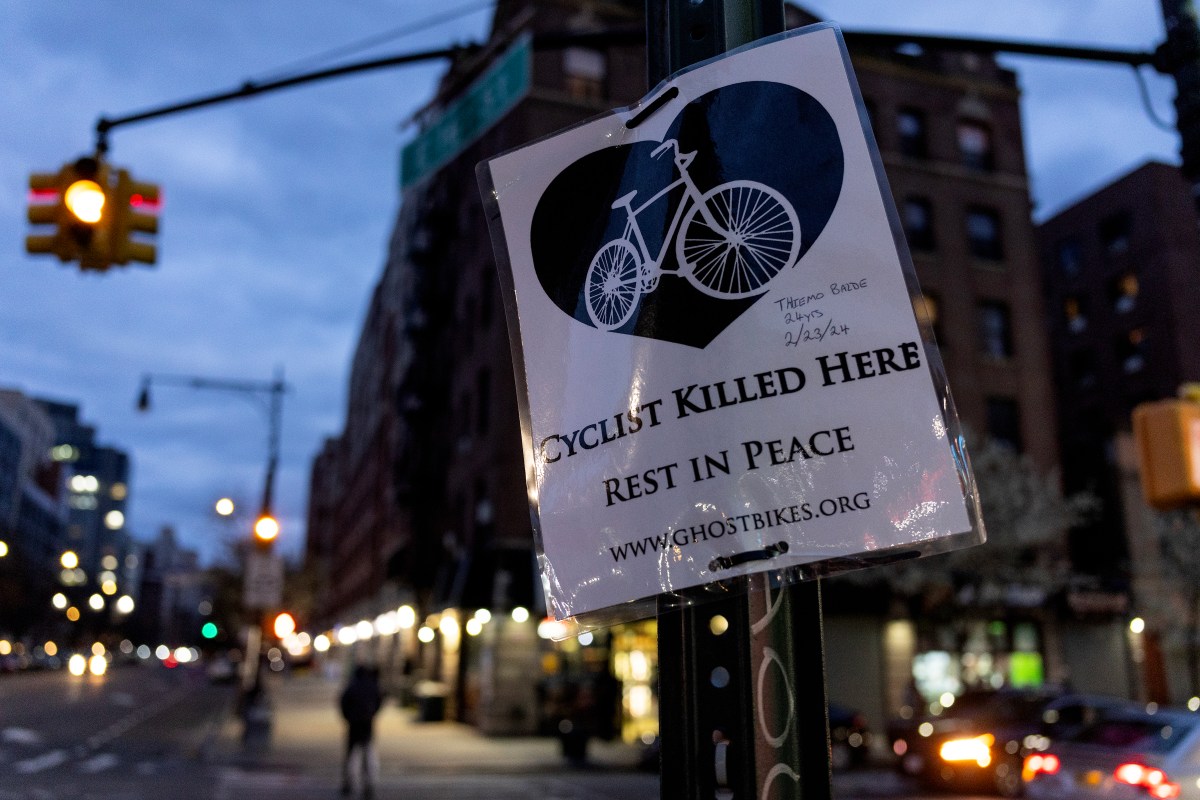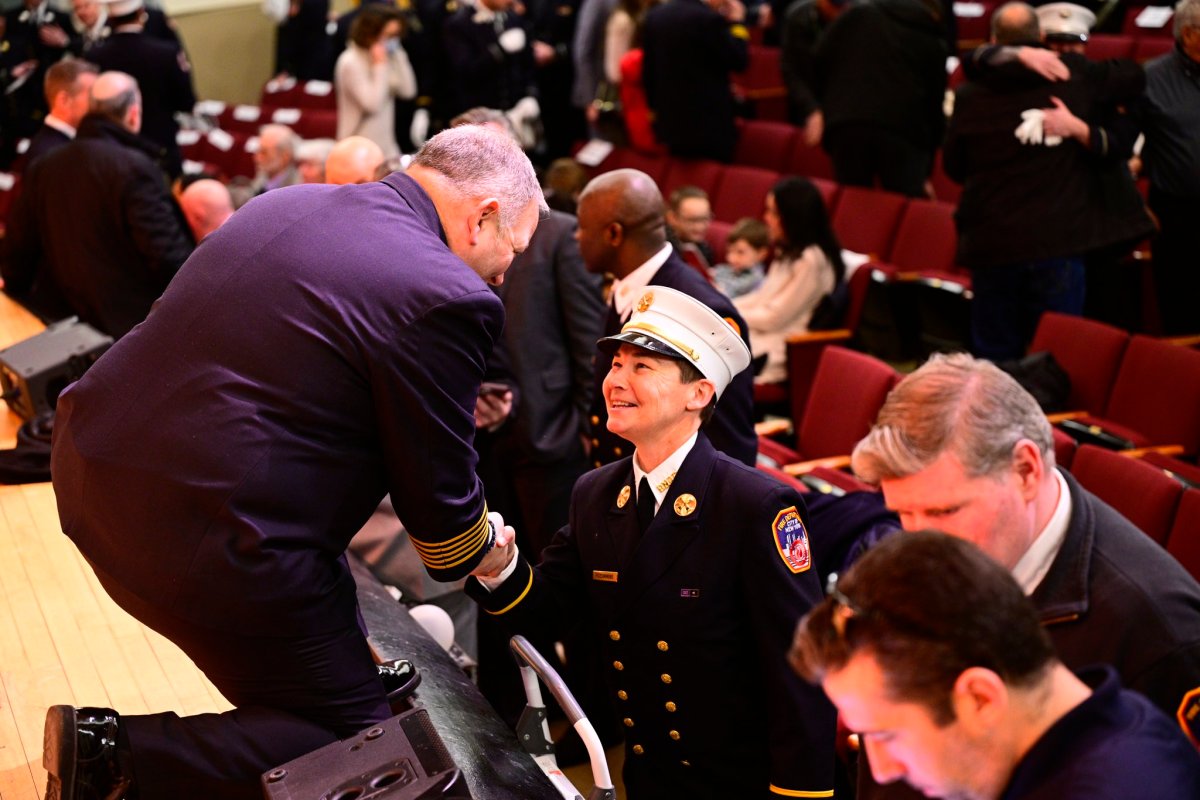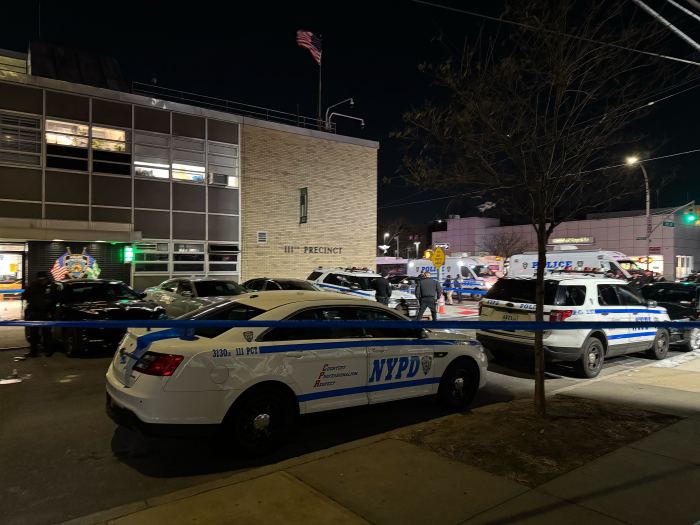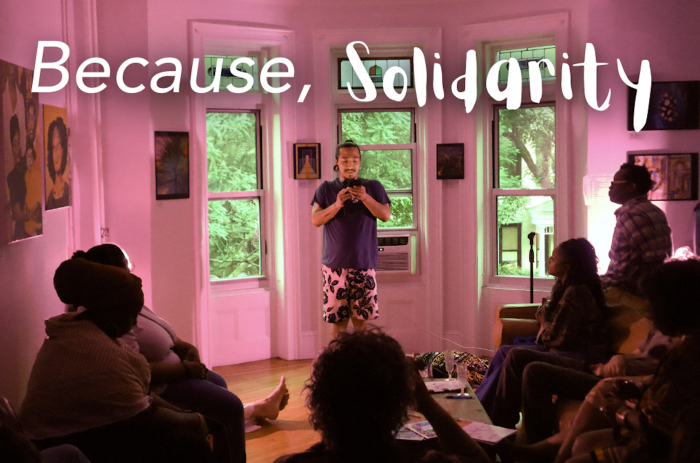The status quo regarding homelessness in New York City can no longer be tolerated, Mayor Eric Adams implied Wednesday in defending the city’s decision to dismantle homeless encampments across the Five Boroughs.
Adams joined with top city brass Wednesday afternoon, including Police Commissioner Keechant Sewell and DSNY Commissioner Edward Grayson, to report on the effort and explain the motives for what some have called a cold-hearted removal of the unhoused off the city streets.
Mayor Adams repeatedly referred to his new policy of removing homeless encampments as humane–a way to both clean up the streets in addition to housing those in need. Not everyone sees it that way, especially after sanitation crews were photographed shoving mattresses and other possessions of the homeless into trash compactors.
“You report it every day, all of you in this room report on the dysfunction every day. It doesn’t mean we’re going to stay there. We’re going to move from that,” Adams told the City Hall lobby jam-packed full of journalists.
Standing beside a large photograph of a homeless encampment littered with hypodermic needles, Adams cited the picture as a case in point as to why these sweeps are necessary.
“Five hundred hypodermic needles, 500. Living like this. Look at this condition a fellow New Yorker was living in. I am supposed to allow this to stay? I am supposed to act like I don’t see this? This is dignity? This is how we treat fellow New Yorkers? Some would say this is a warm place for them. Ha, please,” Adams scoffed.
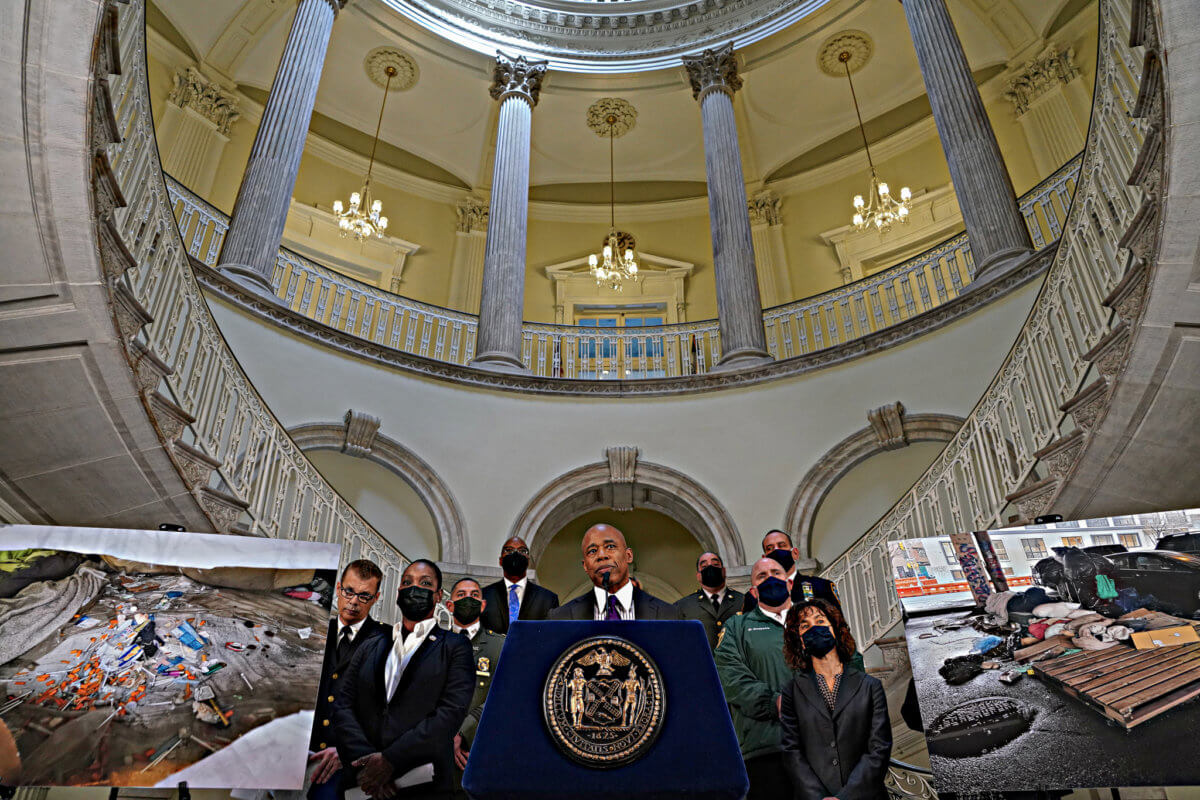
Holding up a brochure, Mayor Adams explained that the city is offering stabilization beds and private rooms to some of those impacted by the sweeps. However, he admitted that these locations are limited, and others will be asked to stay inside traditional shelters.
Asked by amNewYork Metro if any other services will be provided to those his plans displaces when they refuse the shelter system, the mayor said his administration would work to help the homeless, not harm them.
“I’ve always been focused on homelessness because I was almost homeless as a child. I know how impactful it is. So, we’re going to continue to give the services to communicate, build trust, as the deputy mayor says all the time. We’re going to continue to build that trust over time. I believe people are going to come in,” the mayor told amNewYork Metro, emphasizing the work Deputy Mayor Meera Joshi will do with the Emergency Management Department toward that effort.
“We’re looking to have a hundred volunteers to constantly be there giving people socks, places where they can go to just have the dignity that they deserve,” Adams added. “It’s the erosion of distrust that is going to allow us to build trust, but it’s a process. It’s a process. If you’re on the street, and you no longer believe in the shelter system. You have to rebuild that trust. You have to peel back the layers of distrust to get the trust that we’re doing and we’re going to do it.”
Unfortunately, those directly impacted see things differently.
According to several individuals who were removed from beneath the Brooklyn-Queens Expressway on March 28, they are left in the same situation, just more exposed to the elements.
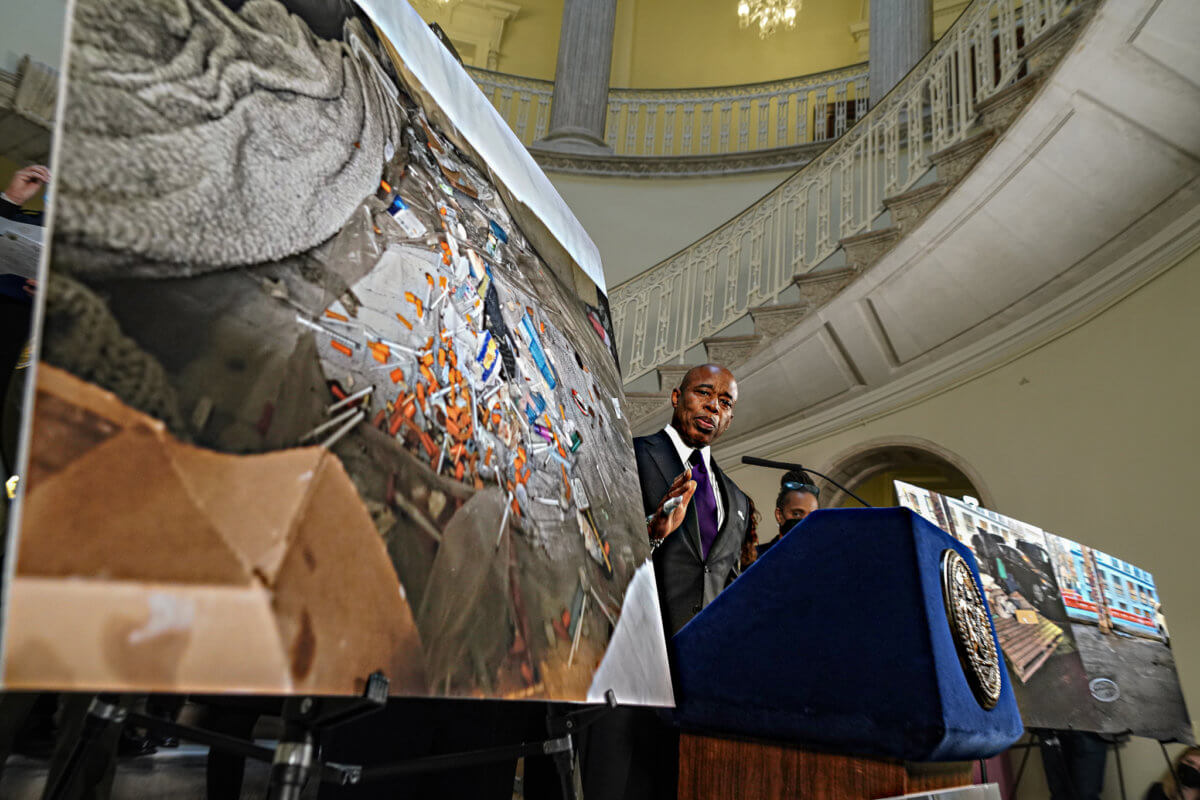
Adams did concede his plan was not perfect. Still, he maintained that he believes the encampment removals are in the best interest of the city as whole and says this plan is still in its beginning stages. The mayor stated that teams will continue canvassing areas to ensure camps are not rebuilt and says officers’ body-worn camera footage are being reviewed in order to ensure people are not being mistreated.
Mayor Adams revealed that the teams tore down some 200 encampments, while only five individuals accepted the services offered.
While no children or families were found in these encampments, there were three emotionally disturbed individuals who were taken in for treatment. Adams believes that his efforts are proactive in providing emotionally disturbed individuals aid before they commit a crime, like pushing someone in front of the train. He stresses that his administration is executing this initiative with compassion by engaging with the undomiciled.
“In the beginning of this process five people have accepted our services. We believe just as the pattern in the subway system, you’re going to see the trust getting built or people may go to different locations. They may go back, or they may go to a different location. The problem is in the city we said it’s acceptable to build a live in an encampment, you now have a mayor that says it’s not acceptable to live in an encampment. They’re going to go back to living arrangements. They’re going to do things differently, and I believe in a more respectful manner,” Adams said.
For Adams, this move was all about changing the narrative and acceptance, believing that New York City should no longer accept people living on the streets and the public accepting the mayor’s move to stop the practice.
Adams seemed bewildered at criticism of this, especially when pointed out that sweeps like these have not worked in the past — taking a shot at his predecessor in the process.
“I’m not sure what he did. That was the previous administration. This is a new administration, and the mayor is not called Bill de Blasio, he is called Eric Adams,” Adams said.



